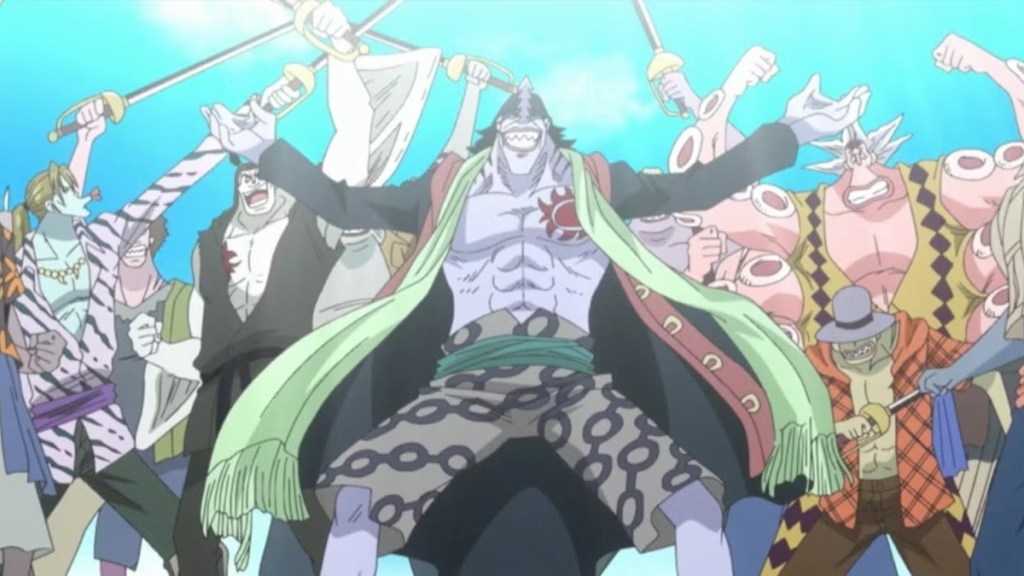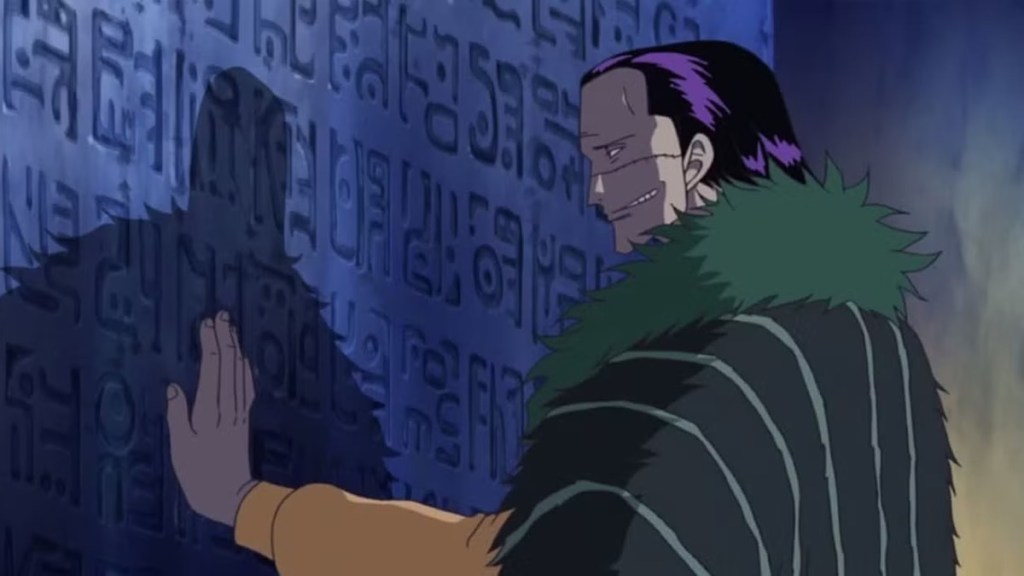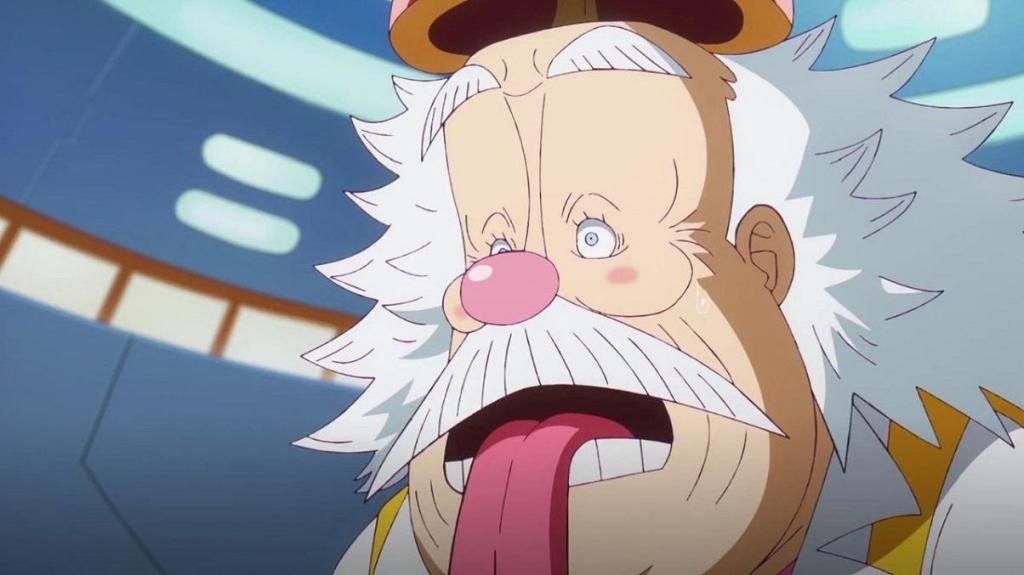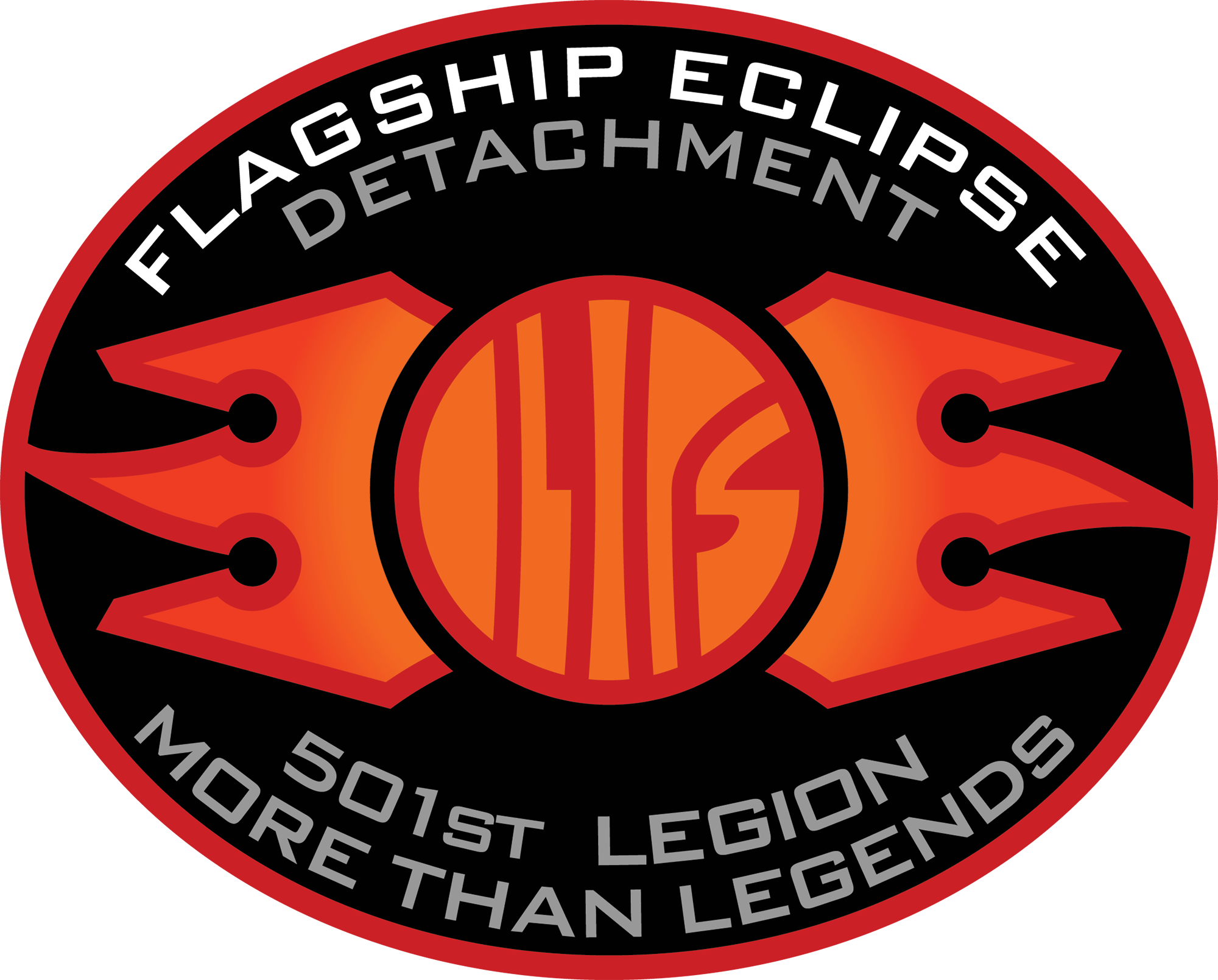
As one of the longest-running shows in the anime medium, One Piece has still maintained its fanbase and legacy thanks to the incredible story presented by Eiichiro Oda. With over 1100 chapters of its manga released till now, the story offers something that’s much better than most manga – the world-building. A lot of people mistake world-building for just the number of islands Luffy and his crew visit. However, it’s much more than that, as it involves creating a fictional setting with its own internal logic and unique traits. It’s the art of designing an imaginative world — complete with its own setting, rules, backstory, landscapes, societies, cultures, power systems, lore, history, natural systems, and much more.
Popular series such as Hunter x Hunter, Fullmetal Alchemist, Made in Abyss, etc, are often praised for this, but it can be easily argued that One Piece excels in that category. It’s also the story’s biggest strength and the major reason why fans are still hooked to the show. In a story that’s completely about adventure, crafting a believable and richly detailed environment is often essential to grounding the story and immersing the audience. Here’s why One Piece’s world-building can hardly be compared to other shows and what makes it so special.
[RELATED: “Please Don’t Say This to Me”: One Piece Director Responds to Backlash From Fans]

One Piece Laid the Groundwork of the Real Story Since the Beginning
The world of the pirates is the defining moment of the story, which was introduced in the very first chapter. The entire premise of the story is to travel all across the world in search of the eponymous treasure of Gol D. Roger, and it remains the case even now. That, plus the introduction of devil fruits and Shanks’ strange powers that turned out to be Conqueror’s Haki, helped increase the mystique of the series, along with opening up a wacky array of incredible powers. As the series progresses, we learn about the Grand Line, which Luffy must travel through in hopes of fulfilling his goal to be the king of the pirates. The sea is divided into four sections, with a treacherous stretch of ocean that encircles the globe.
The world has countless islands, each offering unique culture, architecture, and landscape. By the time we reach Arlong Park, we learn about the Fish-Man race and the oppression they have faced for centuries, further highlighting that the main problem in the world can’t be dismissed by calling it a conflict between pirates and marines. In the Baratie Arc, we learn about the All Blue through which all four of the world’s four massive oceans intersect, which happens to be Sanji’s biggest dream. As the story continues, we find out more about the expansive and beautiful yet brutal world of One Piece. Beyond just the high-concept plot developing, we see each of the Straw Hats crew interact with the world and seek different things from it. This ranges from achieving lofty personal goals, such as Brook’s promise to reunite with Laboon, or Nico Robin’s quest to uncover the truth about the Void Century, an era of the world’s history intentionally purged from public knowledge.

Everything Interconnects in the Expansive World of One Piece
Everything in the story from the beginning is interconnected, which is the biggest reason why One Piece’s world-building stands out above the rest. Even side characters such as Buggy, Crocodile, Buggy, who are introduced much earlier in the story, evolve with time despite having very little screen time. Every island, government, and character is part of a web of influence, tied to global history, ancient secrets, or ongoing political conflict. Oda doesn’t randomly decide to feature plotlines for the sake of fun; instead, we uncover the different faces of the same world, learning about the bigger picture with time.
Even the simple narration in the prologue has so many layers of secrets that are unveiled over time. One such example is Alabasta’s civil war, caused by Crocodile, which isn’t just a power struggle but showcases how the villain is doing everything he can to get his hands on something related to the Void Century. The series also unveils the Poneglyphs that contribute to a major part of the lore, explored consistently throughout much of the hundreds of chapters that follow. We also learn more about the World Government and the Marines, who overlook the treacherous behavior of the Warlords in exchange for their employment as government-sponsored pirates, essentially One Piece’s take on privateers. This same mysterious authority simultaneously hides the good deeds of pirates like Straw Hats while taking credit for their efforts.

Despite the world being divided into several seas and regions, almost every part of the world affects everyone. Other series, such as Naruto’s Five Great Shinobi Countries and surrounding minor nations, although its perspective is understandably narrow due to so much focus placed on Konoha. Few manga grasp at the long-term changes fleshed out the way Oda has mastered with One Piece. For example, the sea level rose by one meter from a cataclysmic event (details kept vague for spoilers) in the series, affecting the entire world of One Piece in a tangible, unforgettable way. Additionally, Vegapunk’s broadcast in the Egghead Incident Arc is another example of an event that shakes the entire world. Oda didn’t just add their reaction for fun or to slow down the pacing, but rather, it’s his way of trying to bring the story to one point by featuring all those characters again.
All these characters will have certain roles to play in the Final Saga, regardless of how major or minor their contribution to the story is. It again emphasizes how One Piece’s beauty isn’t simply limited to islands, but it’s the multiple storylines and complexities that make the story feel alive.
The post One Piece Does One Thing Better Than Most Manga & It Shouldn’t Be a Debate appeared first on ComicBook.com.

